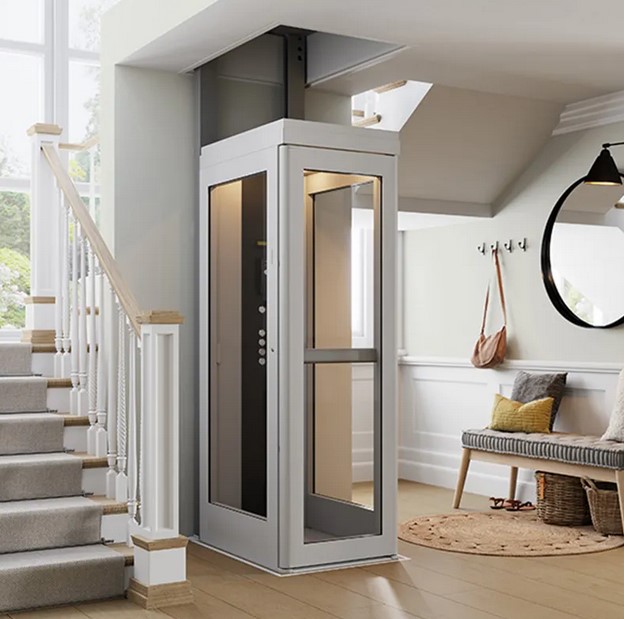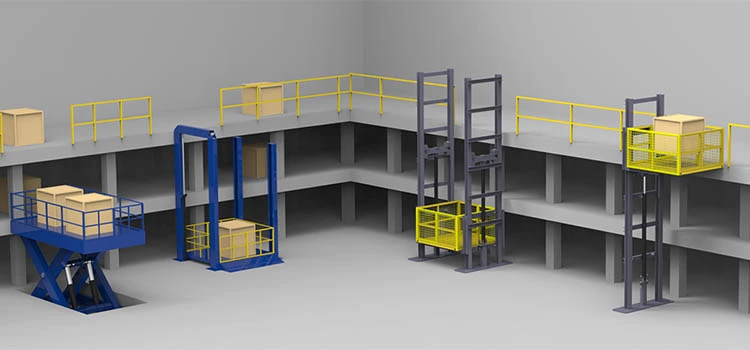We Maintain Lifts to the Greatest Criteria: Reliable Solution for All Lift Types
We Maintain Lifts to the Greatest Criteria: Reliable Solution for All Lift Types
Blog Article
Untangling the Intricacies of Lift Technology: Troubleshooting Common Troubles Throughout Lift Designs
From slow-moving procedure problems to strange sounds emanating from the machinery, fixing typical troubles across different lift versions demands a keen eye for information and a methodical technique. Keep tuned as we navigate with the labyrinth of lift breakdowns, looking for options to the enigmatic troubles that can interfere with the smooth functioning of these crucial devices.
Recognizing Slow Operation Issues

Following, check the electric connections to guarantee that all components are effectively attached and functioning. Defective electrical wiring or loose connections can bring about slow down operation or complete breakdown of the lift system. Furthermore, it is important to check the control system to determine if the problem depends on the shows or sensing units.
If the aesthetic examination and electrical checks do not expose the source of the slow-moving operation, further diagnostic tests might be needed. These can include stress tests for hydraulic systems, voltage tests for electric elements, or running analysis software program for the control system. repair and maintenance services. By adhering to a methodical strategy to troubleshooting sluggish procedure problems, you can effectively identify and solve the trouble, guaranteeing the lift runs securely and successfully
Dealing With Weird Noises
To effectively troubleshoot lift innovation for weird noises, a complete evaluation of the lift components adhering to the recognition of sluggish operation problems is necessary. Odd sounds in lifts can be indicative of underlying troubles that call for timely focus to guarantee the safety and reliability of the system. Typical resources of unusual noises in lifts consist of worn-out or misaligned wheels, harmed motor bearings, loosened or busted suspension ropes, and malfunctioning control systems. When attending to weird noises, it is vital to conduct a systematic examination of these parts to determine the specific reason of the noise accurately. This may include looking for any type of visible signs of wear and tear, checking the performance of motor bearings, tightening up loose links, and lubricating moving components as required.
Furthermore, it is critical to describe the lift manufacturer's upkeep guidelines and seek help from qualified service technicians when taking care of intricate lift parts or strange troubleshooting treatments. By quickly dealing with odd sounds and dealing with underlying issues, lift drivers can make sure the ideal performance and safety of the lift system for drivers and travelers.
Resolving Faulty Control Issues
A reliable technique for dealing with defective control issues in lift technology involves conducting a detailed assessment of the control system's elements and capability. When encountering issues with lift controls, it is crucial to first look for any type of loosened connections, damaged electrical wiring, or malfunctioning sensing units. Verifying that all control keypads, buttons, and displays are functioning correctly is additionally vital in identifying the issue properly.
If no noticeable concerns are noticeable, technicians need to continue to examine the control panel for any signs of water damages, getting too hot, or rust, as these can usually cause manage breakdowns. Additionally, resetting the control system or updating the software might help fix specific problems or pests triggering the trouble.

Tackling Hydraulic System Malfunctions
The performance of hydraulic systems in lifts counts heavily on the appropriate performance of various components within the system. When hydraulic systems breakdown in lifts, it can lead to operational disruptions and safety and security issues.
One more frequent hydraulic system breakdown is a loss of pressure, which can result from air getting in the system, liquid contamination, or pump inadequacies. Professionals can address this by hemorrhaging the system to remove air, changing polluted liquid, or servicing the pump as needed. Furthermore, irregularities in hydraulic liquid degrees or uncommon sounds during lift operation might indicate underlying system breakdowns that require immediate attention to avoid more damages. Routine upkeep and prompt troubleshooting of hydraulic system concerns are vital to making certain the reliable and secure procedure of lift technology.
Taking Care Of Electrical Component Failings
Resolving electrical part failings in lift innovation requires a systematic approach to identifying and solving issues to keep functional capability and safety and security requirements. When experiencing electrical issues in lift systems, it is vital to initial carry out a comprehensive examination of the electric elements, including control board, wiring, sensing units, and motherboard. Any kind of indicators of damages, corrosion, loose links, or burnt aspects must be thoroughly noted and resolved without delay to stop further complications.
In the case of electric element failings, it is essential to follow producer guidelines for fixing and repair work procedures. This might involve evaluating the parts making use of multimeters, oscilloscopes, or various other analysis devices to determine the specific source of the breakdown. Additionally, having a comprehensive understanding of the lift's electric schematics and electrical wiring diagrams can help in identifying and remedying concerns effectively.
Normal upkeep and examination schedules can aid stop electrical failures by finding potential issues at an early stage. Proper training for lift professionals on electrical systems and components is also vital to make certain precise diagnosis and reliable resolution of electric issues, ultimately contributing to the total security and dependability of lift operations.
Final Thought
Finally, fixing lift modern technology requires a systematic method to recognize and resolve usual troubles such as sluggish operation, odd sounds, faulty controls, hydraulic system breakdowns, and electrical component failings. By comprehending the complexities of lift technology and adhering to appropriate troubleshooting steps, service technicians can successfully deal with problems and make sure the efficient and safe operation of lifts across various models.
To efficiently fix lift technology for strange sounds, a complete examination of the lift components following the identification of slow procedure issues is essential. Weird noises in lifts can be indicative of underlying problems that call for prompt focus to ensure the safety and security and dependability of the system.An efficient strategy for resolving damaged control issues in lift innovation entails carrying out a comprehensive evaluation of the control system's elements and capability.The performance of hydraulic systems in lifts depends greatly on the proper performance london lift company of different components within the system. repair and maintenance services. When experiencing electrical issues in lift systems, it is important to initial perform an extensive inspection of the electric components, including control panels, circuitry, sensors, and circuit boards
Report this page